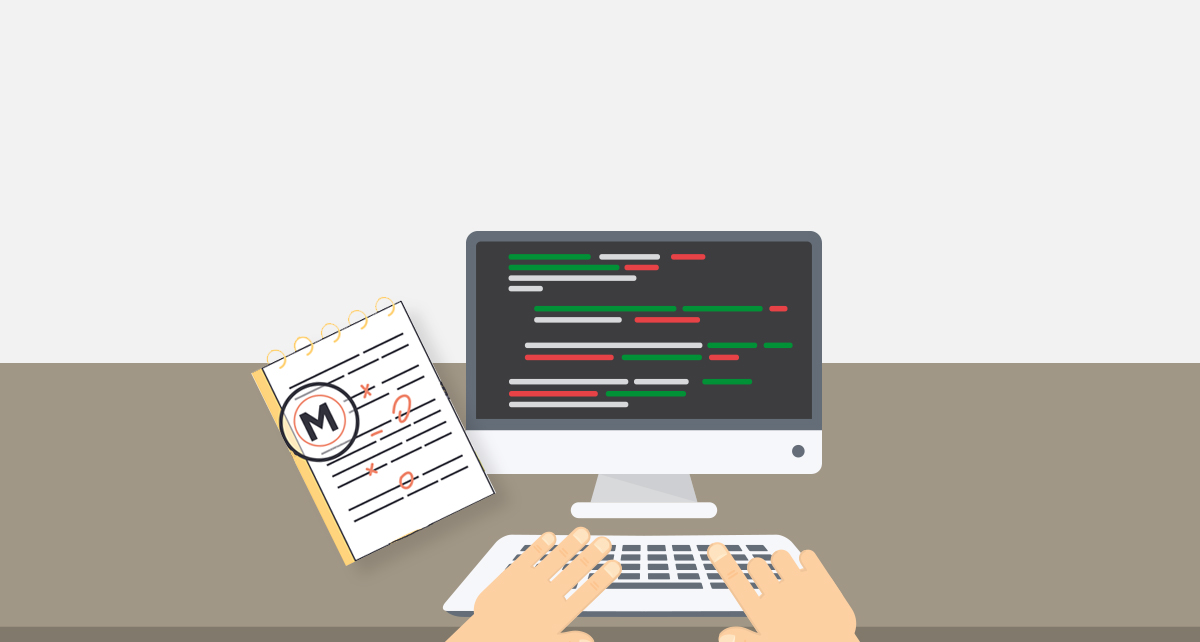
Copy Editing VS Proofreading: What Is The Difference And Which One Do You Need?
In the publishing world, both copyediting and proofreading take place at the end of the editing process. However, these terms are often used interchangeably and are tricky to pin down. To further confuse matters, there are a lot of freelance editors who offer a mix of both. But there is a distinction between both, so let’s look at what makes them different.
What is Copy Editing?
In a broader sense, editing is considered the final step in the writing process, but it takes place before proofreading in the publication process. However, the editing phase includes different types of editing with the purpose to refine the written work into an error-free and easy-to-understand version so that it retains the author’s voice and meaning. The editors comb through a piece of written work to identify areas that require improvement:
- Grammar
- Spelling
- Tone and style deviations
- Wordiness
- Clunky transitions
- Confusing syntax
- Problematic or misused words
- Uneven flow
According to the publication’s guidelines, after a copy edit, the copy should be cohesive and readable.
What is Proofreading?
Proofreading is the next step, and it takes place after the copy editor has completed their work and before it is published. The proofreader's role is to read through these proofs to identify and fix mistakes before moving them forward to printing. They review the mechanical elements of the copy. They address issues involving such as:
- Grammar
- Spelling
- Punctuation
- Capitalization
- Formatting
- On-page layout
In addition to correcting mechanical errors that might have slipped through the editing process, proofreaders are liable for fixing on-page elements as well.
Copy Editing Vs. Proofreading
There is some overlap between the two, and have some steps in common, such as correcting misspellings and incorrect grammar, but there are significant differences.
Copy editing intends to ensure that statements smoothly flow from one sentence to the other while keeping the content comprehensible to the readers. Copy editors are also the gatekeepers who ensure a publication’s tone and style rules. They implement cohesion within an individual work and across all works under the publication.
Proofreading is different from copy editing as it intends to clean up mechanical inconsistencies that got overlooked through the editing process. Proofreaders care that the words on the page look as they should and are not primarily concerned about the fluidity of ideas and cohesiveness.
Whether you’re self-editing your work, submitting your draft to editors for review, or reviewing an author’s draft, it's useful to understand the difference between them to help you fine-tune your work process.
Which One Do You Need For Your Book?
Now that we have discussed the main difference between copy-editing and proofreading, you may have a better idea of what kind of editing you need for your book.
If you want your readers to enjoy reading your book, hiring professional proofreaders and editors for your work can have a huge impact and could be worth your consideration.
Follow us on the platforms below to keep up with our new releases and content.
Facebook | Twitter | Instagram | Tiktok
You can submit your manuscript for review if you are an aspiring writer. Learn more about how to become an author with us here.
We use cookies on this site to enhance your user experience and for marketing purposes.
By clicking any link on this page you are giving your consent for us to set cookies



